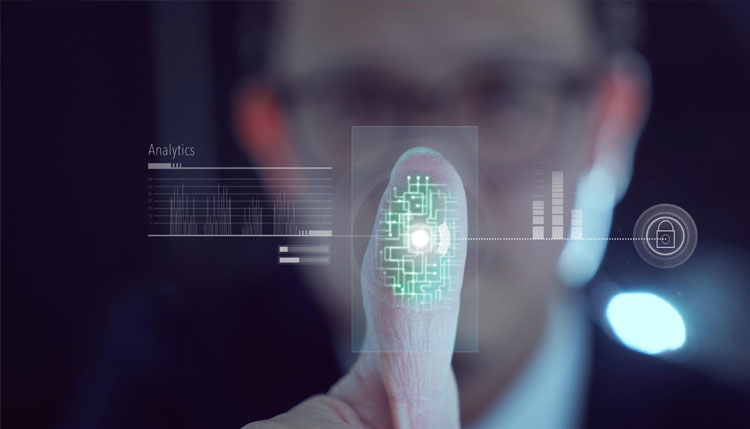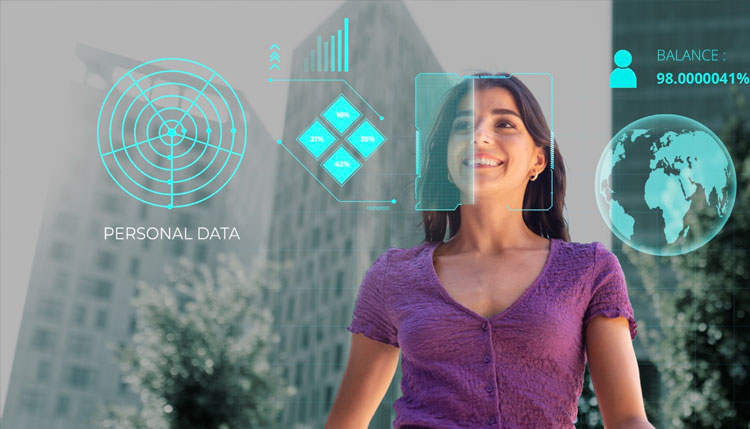
AI Driven Biometric Authentication
AI-driven biometric authentication represents a groundbreaking shift in securing digital and physical access, blending the unique attributes of individual biology with the cutting-edge capabilities of artificial intelligence. This fusion promises enhanced security, efficiency, and user experience across various domains, from unlocking smartphones to securing national borders.
Biometric authentication, at its core, relies on unique physiological or behavioral characteristics—such as fingerprints, facial features, iris patterns, voice recognition, and even gait analysis—to verify an individual’s identity. Unlike traditional security measures, which depend on something you have (like a key) or something you know (like a password), biometrics are inherently linked to who you are, making it significantly harder for intruders to replicate or steal your identity.
The integration of AI into biometric systems elevates this security paradigm to new heights. AI algorithms, particularly those based on machine learning and deep learning, can analyze complex biometric data with astonishing accuracy and speed. These algorithms learn from vast datasets, improving their ability to detect subtle nuances and variations in biometric data over time, thus reducing false rejections and false acceptances.
One of the most visible applications of AI-driven biometric authentication is in smartphones and personal devices, where facial recognition technology allows users to unlock their devices with just a glance. These systems use AI to adapt to changes in appearance, such as aging, hairstyles, or the wearing of accessories, ensuring reliable access without compromising security.
In more sensitive contexts, such as border control or banking, AI-driven biometrics offer a higher level of security. For example, airports around the world are increasingly adopting facial recognition technology to streamline passenger processing while enhancing security measures. Banks and financial institutions leverage biometrics for customer authentication, significantly reducing the risk of fraud.
AI-driven biometric systems also offer the advantage of continuous authentication. In high-security environments, it’s not enough to verify identity at the entry point; maintaining assurance of the user’s identity continuously is crucial. AI can analyze behavioral biometrics, such as keystroke dynamics or mouse movements, to provide ongoing verification without interrupting the user’s workflow.
However, the deployment of AI-driven biometric authentication systems is not without challenges. Privacy concerns top the list, as the collection and storage of biometric data raise significant issues around consent, data protection, and the potential for misuse. There’s also the question of inclusivity, as biometric systems must be designed to accommodate the diversity of human physiology and behavior.
Another challenge is the arms race between security systems and malicious actors. As AI-driven biometric systems become more sophisticated, so too do the methods used to spoof or bypass them. Deepfakes and sophisticated replicas present ongoing threats, requiring constant innovation and vigilance from security professionals.
Despite these challenges, the potential of AI-driven biometric authentication is undeniable. Its ability to provide secure, convenient, and personalized access makes it an increasingly attractive option for a wide range of applications. As technology advances and societal concerns are addressed, we can expect to see broader adoption and integration of these systems across our digital and physical worlds.
The future of AI-driven biometric authentication is not just about enhancing security; it’s about redefining the relationship between identity and technology. We at TrueID feel as we move towards a more interconnected and digital-first society, the role of biometric authentication will only grow in importance, making it a key area of focus for innovation and ethical debate in the years to come. For more information, please visit www.trueid.in.











